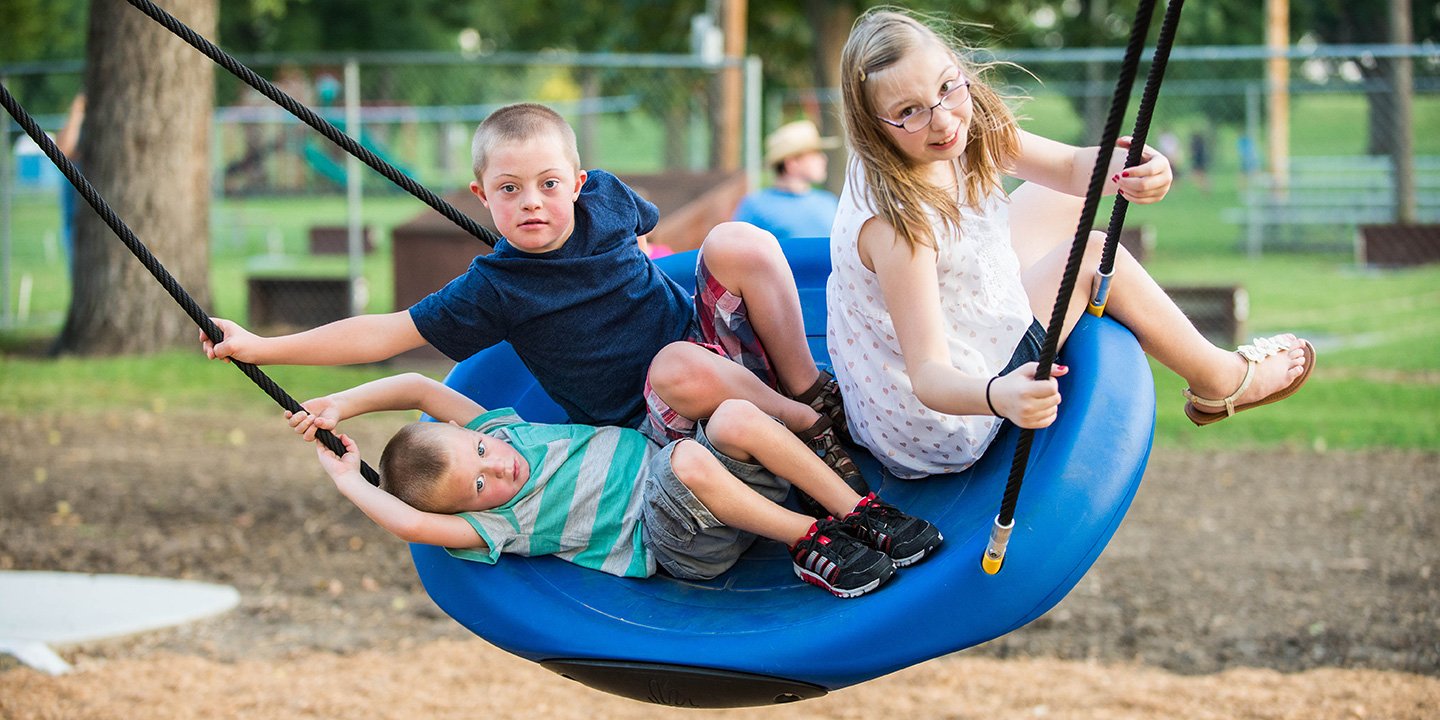Forbes: How Building More Inclusive Playgrounds Means More Playtime For Every Child

Communities want to do the right thing, but they don’t know what they don’t know.
When I was offered the opportunity to speak with inclusive play specialist Jill Moore earlier this year about building more accessible and inclusive playgrounds, I leapt at the chance. Not only does my background include extensive experience in early childhood development and working in special education classrooms for preschoolers, the notion of more playful playgrounds for all resonated with me. I happen to be good friends with Jill Asher, co-founder and board director of the Magical Bridge Foundation, a nonprofit organization overseeing a network of inclusive playgrounds strewn throughout the Bay Area. On its website, Magical Bridge states its mission is to “[create] innovative award-winning playgrounds, parks, and programs for more inclusive communities” [that are] “thoughtfully designed to ensure guests of all ages and all abilities experience the magic of play, community connections and belonging.” To distill its work in a sentence, Magical Bridge is dedicated to building playgrounds that are welcoming of literally every body, whatever one’s ability level.
So it goes for Moore and Minnesota-based Landscape Structures.